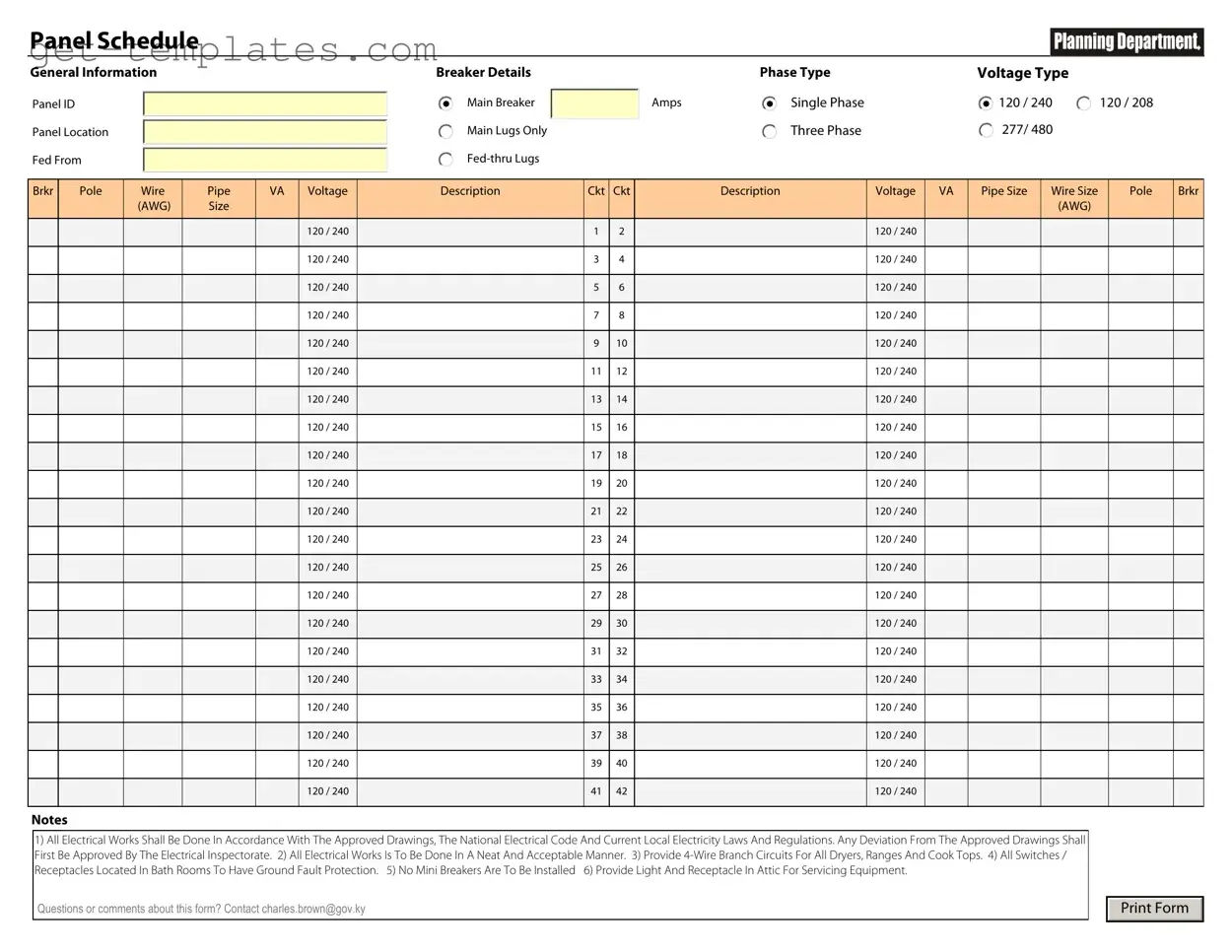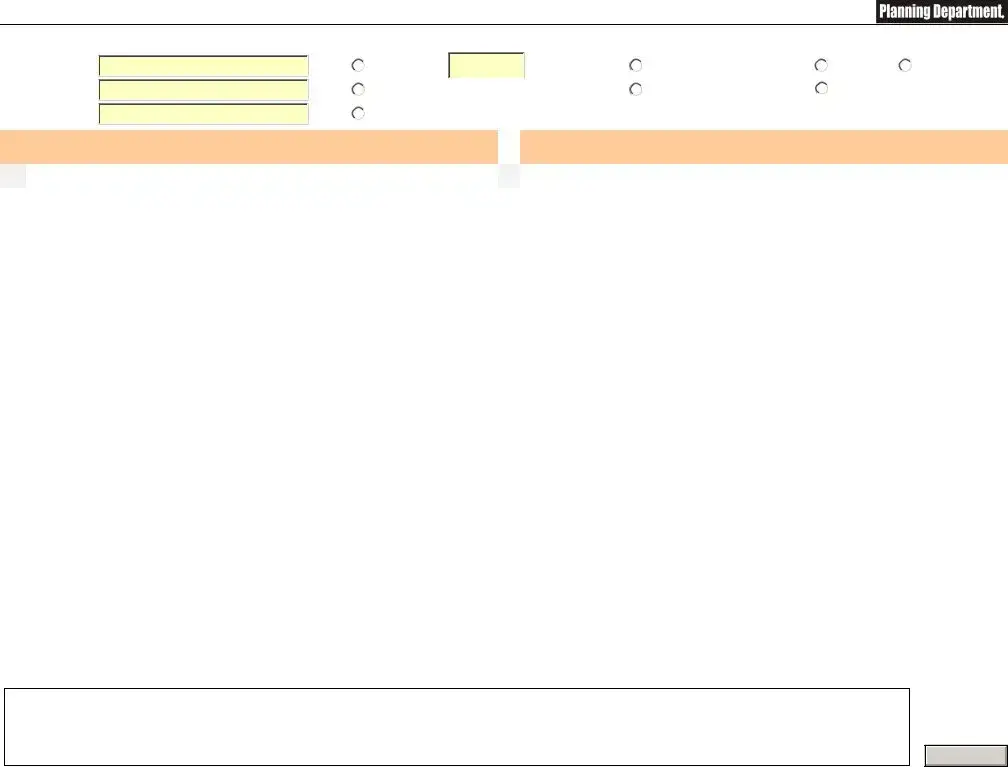What is an Electrical Panel Schedule?
An Electrical Panel Schedule is a detailed document that outlines the distribution of electrical circuits within a panel. It provides essential information about each circuit, including its amperage, voltage, and the specific areas or devices it powers. This schedule is crucial for ensuring safety and efficiency in electrical systems.
Why is an Electrical Panel Schedule important?
The importance of an Electrical Panel Schedule cannot be overstated. It serves several key purposes:
-
Helps electricians and technicians quickly identify circuits during maintenance or troubleshooting.
-
Ensures compliance with electrical codes and regulations.
-
Facilitates future upgrades or modifications to the electrical system.
-
Enhances safety by reducing the risk of overloading circuits.
Who needs an Electrical Panel Schedule?
Various individuals and entities benefit from having an Electrical Panel Schedule, including:
-
Homeowners looking to manage their electrical systems effectively.
-
Electricians and contractors who perform installations or repairs.
-
Property managers overseeing commercial or residential buildings.
-
Inspectors ensuring compliance with safety standards.
An Electrical Panel Schedule generally includes the following details:
-
Panel name or number.
-
Each circuit's designation (e.g., Circuit 1, Circuit 2).
-
Amperage rating for each circuit.
-
Voltage rating.
-
Type of circuit breaker used.
-
Locations or devices powered by each circuit.
How do I create an Electrical Panel Schedule?
Creating an Electrical Panel Schedule involves several steps:
-
Gather information about the electrical panel and the circuits it contains.
-
List each circuit, noting its amperage, voltage, and the devices it powers.
-
Use a clear and organized format to present this information, ensuring it is easy to read.
-
Review the schedule for accuracy and compliance with local codes.
Can I modify an existing Electrical Panel Schedule?
Yes, modifying an existing Electrical Panel Schedule is often necessary as changes occur in the electrical system. When making modifications, ensure that:
-
All changes are accurately documented.
-
The updated schedule reflects current usage and compliance with codes.
-
You consult with a licensed electrician if significant changes are made.
How often should I update my Electrical Panel Schedule?
It is advisable to update your Electrical Panel Schedule whenever changes are made to the electrical system. Regular reviews are also recommended, ideally every few years, to ensure accuracy and compliance. Additionally, updates should occur after major renovations or when new appliances are added.
What should I do if I cannot find my Electrical Panel Schedule?
If you cannot locate your Electrical Panel Schedule, consider the following steps:
-
Check with previous owners or contractors who may have created it.
-
Review any building plans or electrical schematics you may have.
-
If necessary, hire a licensed electrician to create a new schedule based on the current system.
While there is no universally mandated format, a clear and organized layout is essential. Most schedules include columns for circuit numbers, amperage, voltage, and device descriptions. Adhering to local electrical codes is also critical, as they may dictate specific requirements for presentation and content.

